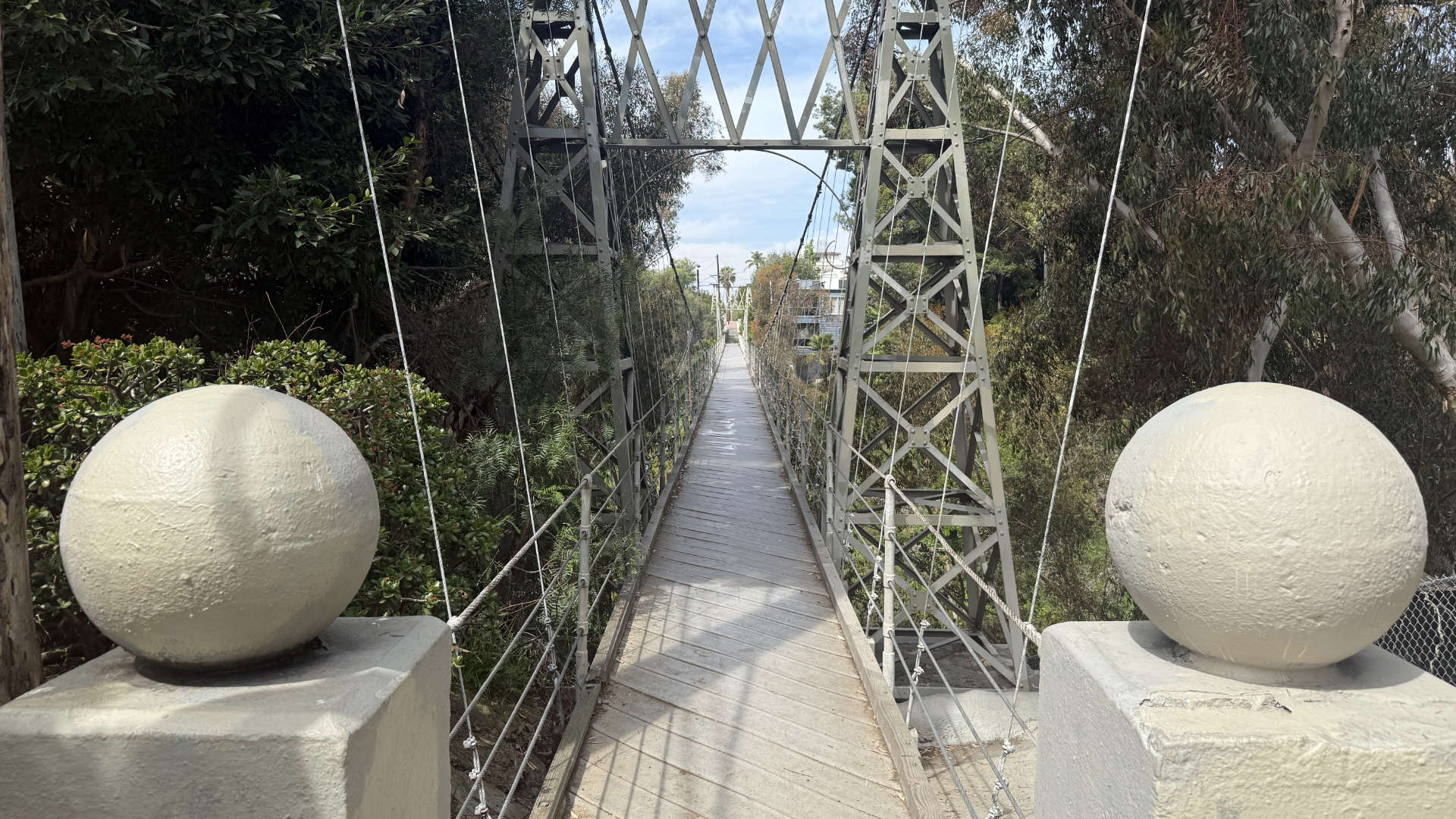Exploring the Vicinity: Nearby Attractions
Bankers Hill Architectural Gems

A visit to the Spruce Street Bridge offers a perfect opportunity to explore the surrounding Bankers Hill neighborhood, renowned for its collection of historic homes and diverse early-to-mid 20th-century architecture. Many of these properties contribute to the character of the proposed Heart of Bankers Hill National Register Historic District. Within a short walking distance from the bridge, architecture enthusiasts can find notable examples:
- Charles A. Martin House: 3147 Front Street (Richard Requa, 1912).
- Charles W. Fox/William Sterling Hebbard House: 3100 Brant Street (Hebbard, 1908).
- Low Residence: Near Spruce & Brant (William Templeton Johnson, 1927, Spanish Colonial Revival).
- Irving Gill Houses: Cul-de-sac off Albatross Street (Gill, 1912-1913), including designated landmarks.
The area showcases a variety of styles identified in the National Register nomination, including Craftsman, Prairie, Spanish Colonial Revival, Colonial Revival, and others, reflecting the tastes of the middle- and upper-income residents who originally developed the neighborhood. Learn more about the bridge's historical context here.
Balboa Park's Cultural Treasures
The western edge of the vast Balboa Park is conveniently close to Bankers Hill and the Spruce Street Bridge. Visitors can easily extend their exploration to include some of the park's iconic features:
- Cabrillo Bridge: The historic, multi-arched bridge (1914-1915) serving as a grand entrance.
- El Prado: The main pedestrian promenade lined with museums and stunning Spanish Colonial Revival architecture.
- Inez Grant Parker Memorial Rose Garden: A world-class garden (near Park Blvd Bridge).
- Bea Evenson Fountain: A prominent landmark near the Fleet Science Center.
Balboa Park is also a key part of the 7 Bridge Hike.
Beneath the Bridge: Exploring Kate Sessions Canyon
For the more adventurous, exploring the path within Kate Sessions Canyon directly beneath the Spruce Street Bridge might be possible. While formal, maintained access points are not clearly documented, some accounts suggest scrambling down an informal path near the bridge abutments (potentially using the fence for support on the steep sections).
Once on the canyon floor, a short trail (estimated at about four blocks long) offers a unique perspective looking up at the bridge structure and allows for closer observation of the canyon's vegetation, including large eucalyptus trees possibly linked to Kate Sessions. Visitors attempting this should exercise caution due to the informal and potentially challenging access and remember this is distinct from the developed trails within Kate Sessions Park miles away.
Beyond the Bridge: Quince Street Footbridge and Little Italy
The Spruce Street Bridge is not the only historic footbridge in the vicinity. Just a few blocks away, the Quince Street Footbridge offers another charming crossing over Maple Canyon. Built in 1905, this wooden trestle bridge has its own history of community preservation efforts and is often included in walking tours that feature the Spruce Street Bridge, including the 7 Bridge Hike.
For those looking for dining and a vibrant atmosphere, the popular neighborhood of Little Italy lies roughly 1.5 to 2 kilometers southwest of the bridge area. It offers numerous restaurants, cafes, boutiques, and often hosts farmers' markets and events, providing a lively contrast to the quieter residential feel of Bankers Hill.
Exploring these nearby points of interest can enrich a visit focused on the Spruce Street Bridge, placing it within the broader tapestry of San Diego's historic neighborhoods and attractions.